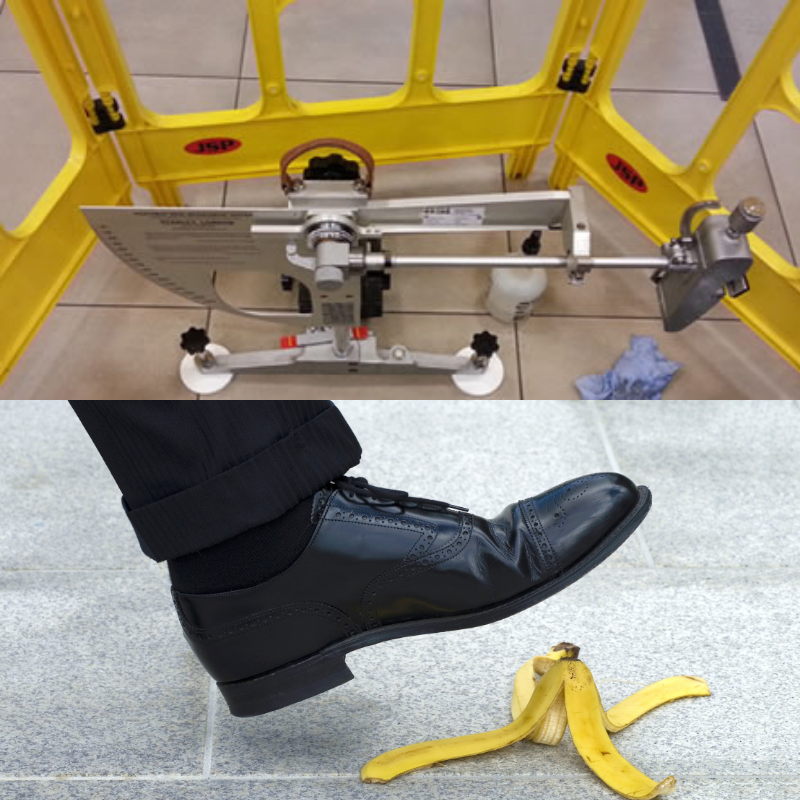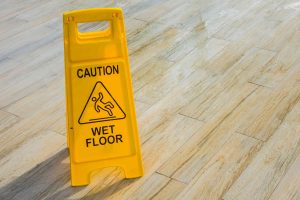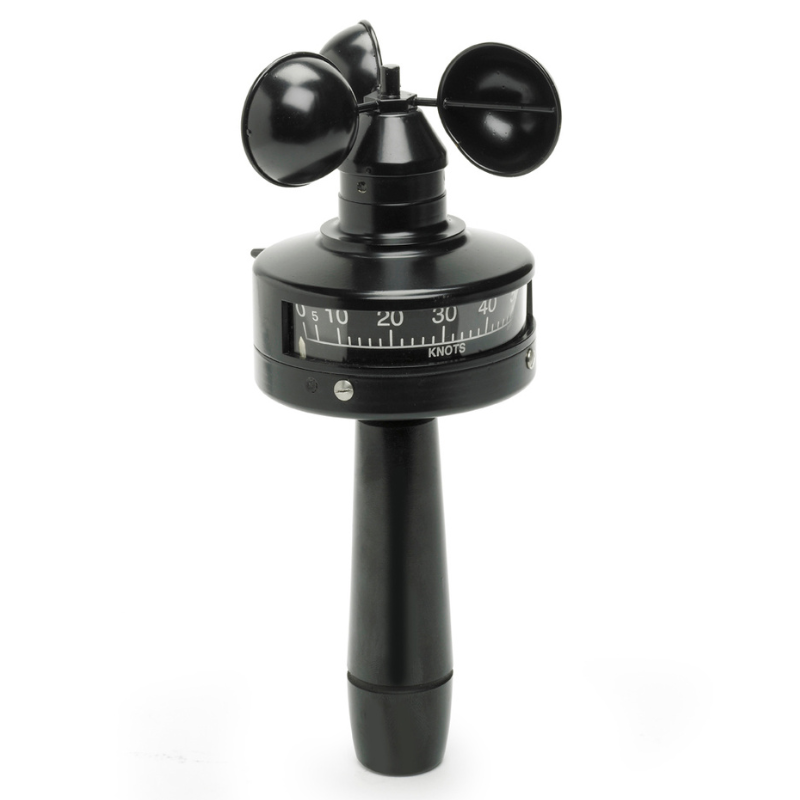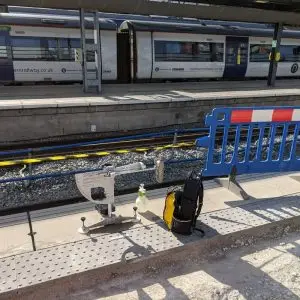Slip and fall accidents can result in personal injuries, and when negligence is involved, individuals may pursue personal injury claims to seek compensation for their damages. Understanding what to expect during a slip and fall personal injury claim can help injured parties navigate the process more effectively. This article outlines key aspects and stages of a slip and fall personal injury claim to provide a general overview.
Gathering Evidence and Documentation
To build a strong personal injury claim, gathering evidence and documentation is crucial. This includes:
- Incident documentation: Collect all relevant details about the accident, such as the date, time, location, and circumstances. Take photographs of the accident scene, hazardous conditions, and any visible injuries sustained. Consider a slip test to provide evidence of the condition of the floor at or around the time of the accident.
- Witness statements: Gather statements from witnesses who saw the accident occur or have knowledge of the hazardous conditions.
- Medical records: Obtain medical records and documentation of all injuries sustained, including diagnoses, treatments, and ongoing medical expenses.
Seeking Legal Representation
Engaging the services of a qualified personal injury lawyer is essential for navigating the complexities of a slip and fall claim. A skilled lawyer can provide legal advice, assess the strength of the case, negotiate with insurance companies, and represent the injured party’s interests throughout the claims process.
Insurance Claim and Investigation
The next step involves filing an insurance claim with the liable party’s insurance company. The insurer will investigate the incident, review evidence, and assess liability. They may request statements, medical records, and other relevant documents. It’s important to cooperate with the investigation while seeking guidance from legal counsel to ensure that rights and interests are protected.
Settlement Negotiation
In many cases, the insurance company will make a settlement offer to resolve the claim. This offer typically aims to provide compensation for medical expenses, pain and suffering, lost wages, and other damages. A personal injury lawyer can help evaluate the offer, negotiate with the insurance company, and advocate for a fair settlement that adequately reflects the injured party’s losses.
Litigation and Trial
If a fair settlement cannot be reached through negotiation, the personal injury claim may proceed to litigation. This involves filing a legal claim against the responsible party. The legal process may include discovery, where both parties exchange information and evidence, and possibly mediation or alternative dispute resolution attempts. If the case proceeds to trial, a judge will determine liability and assess damages based on the presented evidence and arguments.
Resolution and Compensation
In many instances, slip and fall personal injury claims are resolved through settlement negotiations or alternative dispute resolution methods before reaching trial. If a settlement agreement is reached or the court rules in favour of the injured party, compensation will be awarded. The amount of compensation may cover medical expenses, pain and suffering, lost wages, future medical costs, and other applicable damages.








